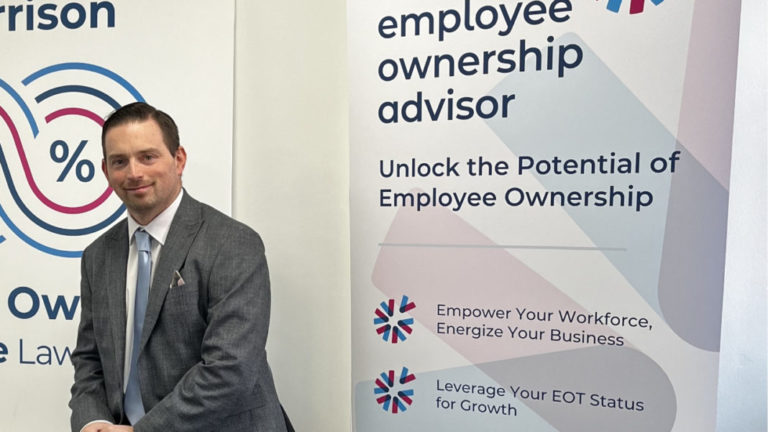In an effort to address what’s becoming known as ‘productivity paranoia’, some organizations are turning to surveillance as a way to monitor the digital activity of employees.
In doing so, they hope to address a perceived negative impact on how productive employees are when working away from the office environment. However, monitoring employee activity runs the risk of having the opposite effect – it can impact trust, wellbeing, and creativity within the organization, as well as creating the risk that employees look for workarounds to prevent being monitored.
With remote working roles often being adopted by caregivers, disabled people, and people from commonly marginalized groups, this runs the risk of impacting more vulnerable employees within an organization.
However, Shimrit Janes from Digital Workplace Group (DWG) says there’s an antidote: an ethical approach that see organizations working with employees to create a solution.
Shimrit, DWG’s Director of Knowledge, warns that left unchecked, the growing disparity between how productive managers perceive their remote employees to be and how productive remote employees feel they’re being, could lead to fissures within an organization’s culture. A Microsoft survey revealed 87% of employees feel just as productive in a remote environment compared to the office, whilst only 12% of employers have full confidence that this is the case, evidencing this disconnect between employers and employees.
Shimrit said: “There’s still very much this idea that ‘bums on seats’ equates to productive, and this translates to how organizations are looking to use surveillance software. It transposes the focus on presenteeism that we’re used to seeing within physical environments into digital ones.”
“It is rooted in a belief that ‘if I can see that you’re at your desk – or at your computer – it means you’re being productive’. This leads to the outcome of installing software that tracks how many hours a day your screen is on, or how often your mouse moves, as a way of monitoring ‘productivity’ whilst employees work remotely.”
“However, what using the software in this way doesn’t account for is the different elements that actually contribute to someone being productive, such as their relationships with their co-workers, their digital literacy, how rested they are, their workload, and so many other factors. Which leads to the question: what is productivity? Is it how many emails an employee sends per day, or how many hours they spend sat at their desk? This is where the disconnect between employers and their employees becomes prevalent and problematic.”
“Employers should be looking at the reasons impacting how effectively people are working, rather than focusing all their efforts on tools that measure perceived proxies for ‘productivity’.”
“Some organizations do need to make use of surveillance technology for legal issues, and it is important to recognize that when this type of surveillance is necessary, it is done in a way that is ethical and transparent – employees should be made aware of what is happening and why.”
“Beyond those specific cases, employers considering installing these types of technologies need to pause and ask why – what are they hoping the outcomes will be, what are they hoping to learn from the data, and what could the unintended consequences be. How are we defining productivity? Are we supporting our managers to adapt their skills to the different ways that distributed teams work? This includes shifting a focus onto outputs and supporting their people to ‘unblock’ the different elements that are preventing them from being productive.”
“Where these technologies can have more of a positive impact is when they’re considered as one of many tools that support employees, rather than perceived as one that ‘watches’ them because they’re not trusted to do the work. Work with employees to understand what data would help them, what they are and aren’t comfortable with and so on. Start from a position of trust, and then find ways to continuously nurture it.”





